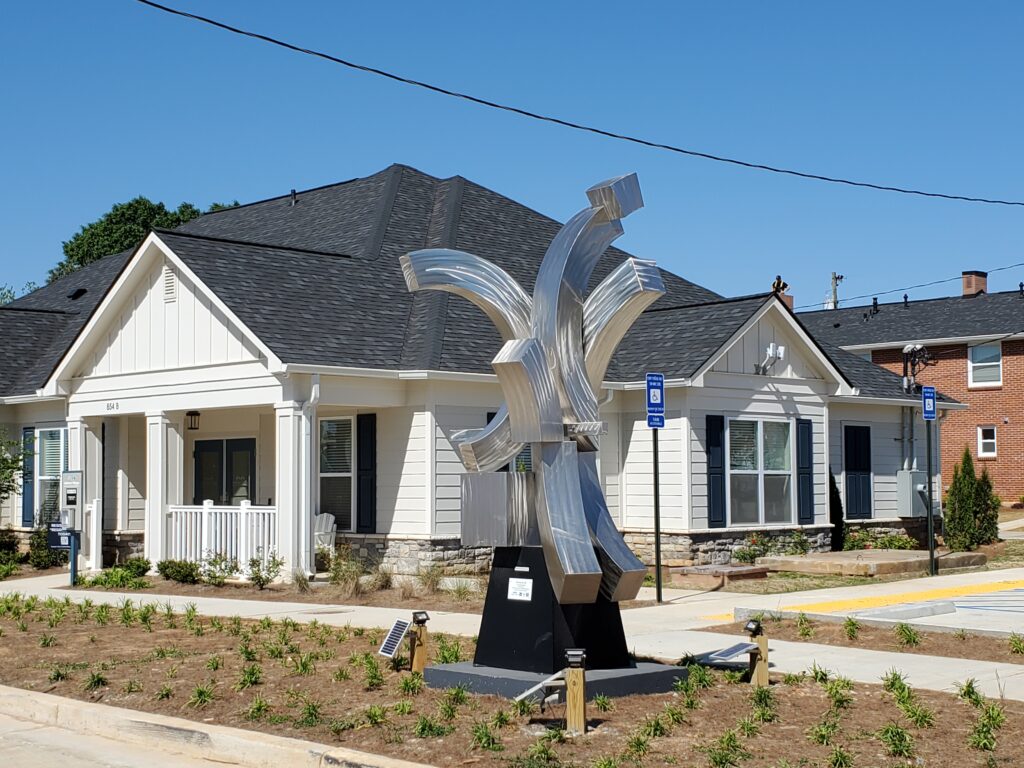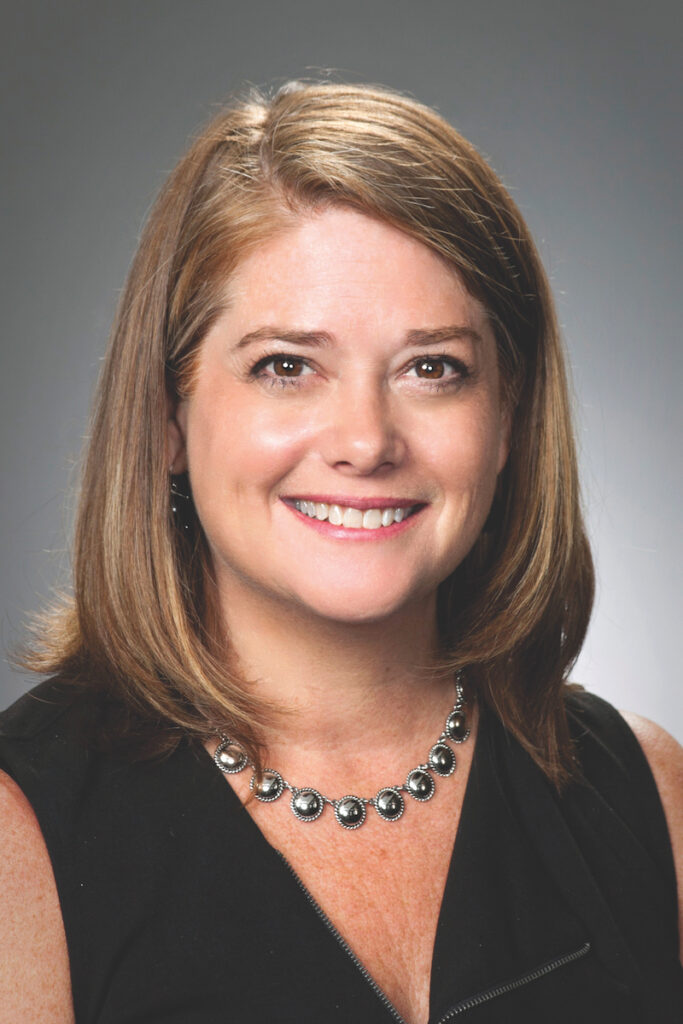Leveraging Private Capital to Rehabilitate HUD Legacy and Public Housing Properties
HUD’s RAD Program
By Pamela Martineau
8 min read
Launched through federal legislation in 2012, the Rental Assistance Demonstration (RAD) program, administered by the U.S. Department of Housing and Urban Development (HUD), has leveraged over $19.3 billion in construction investment to improve or construct over 174,000 public housing units and 53,000 Section 8, tax credit and market-rate apartments co-located in these public housing communities. In addition, RAD has preserved roughly 44,000 other multifamily-assisted homes through non-public housing transactions.

The program allows properties using HUD legacy programs and public housing properties to convert to the HUD Section 8 platform, which more easily allows the leveraging of private capital to fund rehabilitation and construction. RAD consultants and public housing agency officials say the rules surrounding the conversions can be complicated, but they are doable and becoming more streamlined as the program evolves.
Many stakeholders say the transformations the program has facilitated are life-changing for families.

“It has been amazing what the program participants have been able to do with RAD…,” says Thomas R. Davis, director of the Office of Recapitalization within HUD’s Office of Multifamily Housing Programs, which oversees the RAD program. “There were portfolios suffering from significant deferred maintenance and other portfolios at risk of going to market.”
Richelle Patton, owner and president of Collaborative Housing Solutions, an owner, developer and national RAD consultancy, agrees.
“The RAD program can fund transformative improvements,” says Patton.
HUD Legacy Programs Eligible for RAD
Four HUD legacy programs are eligible for RAD conversions. They are Section 8 Moderate Rehabilitation, Section 202 Housing for the Elderly properties with Project Rental Assistance Contracts (PRACs), Rental Supplement program and Rental Assistant Payment programs. One of the key benefits of the RAD program is that it allows property owners to convert their existing rental subsidies to long-term Section 8 Housing Assistance Payment (HAP) contracts. This provides more predictability for investors, as well as flexibility in applying various types of financing, including Low Income Housing Tax Credits (LIHTC), to renovate the properties.
The conversion structure varies from portfolio to portfolio because the preservation risks are different. For example, properties under Section 8 Moderate Rehab contracts, which only allow for one-year contracts and limit annual rent increases, can switch to up to a 20-year contract and increase rents without strict limitations, addressing both the risk that the units convert to market-rate housing and the operating and capital needs of these properties. Meanwhile, in the public housing portfolio where the challenge is the capital backlog, a RAD conversion involves a switch to a perpetually renewing 15- or 20-year rental assistance contract, access to new sources of funding and certainty in operating revenue. In the past, annual federal appropriations—which vary year by year—largely funded the projects.
“What is great about RAD (conversions) is that (they) remove the existing restrictions that prevent new debt and equity on the sites. Currently, (the properties) also receive annual appropriations that go up and down over the years and have been progressively declining,” says Patton. “The RAD program was created to lock in the dollar amount from HUD in RAD rents and lock into a 20-year Section 8 contract, which renews every 20 years. It’s permanent affordability.”
Patton adds that before having the RAD conversion option “it was hard for housing authorities to plan because they did not know what their subsidies would be every year.”
“Lenders and investors like the certainty of Section 8 contracts,” Patton says, adding that the certainty has attracted more investment. “RAD has leveraged millions of dollars above what the HUD subsidy is.”
Davis says that for every dollar of public housing funds used in RAD conversions, $17.15 has been leveraged from other Federal funds, private investment equity, conventional loans or other state or local funds.
“A number of states have significant affordable housing funds,” says Davis. “Previously, for regulatory reasons, it was harder for public housing agencies to access those funds.”
RAD Conversion Success Story: Midtown Villages, Gainesville, Georgia
The Midtown Villages development in Gainesville, GA, is a successful RAD conversion that has won national and regional awards. With six different sites scattered within a mile-and-a-half radius, the project received special permission from HUD and the state housing finance agency to bundle the smaller communities into one larger project.
The expansive project consists of 200 affordable housing units in 54 buildings on six sites and is a partnership between the Gainesville Housing Authority and Collaborative Housing Solutions. Choate Construction completed the renovations. Upgrades made as part of the conversion include new central air conditioning, exterior façade improvements, roofing, as well as flooring, bathroom and kitchen upgrades. New mechanical, electrical and plumbing systems were installed throughout the properties. The project also includes a multipurpose community center and green building features that resulted in Midtown Villages achieving National Green Building Standard (NGBS) Certification.
“It was a major rehab of those 200 units,” says Beth Brown, chief executive officer of the Gainesville Housing Authority. “We closed at the end of 2019 and did the rehab during COVID.”
Patton, who is the owner/developer partner on the project, says it received special permission from HUD and the state housing finance agency to bundle the projects together. It also used a new tool that allowed a rent boost in an Opportunity Zone and combined tax credits, tax-exempt bonds and National Housing Trust Funds.

Patton says the project was designed to holistically serve residents “not just with quality sustainable housing, but by meeting some of the residents’ service needs.” The project offers a suite of supportive services from 35 different service agencies that are either on- or off-site. Midtown Villages features food bank deliveries, after-school and summer learning loss prevention programs, financial literacy, ESL, exercise, health and wellness and senior programming. The project’s new community building serves as a hub for offering services and other amenities.
“This is what the RAD program can do,” explains Patton. “This was a $43 million development. The RAD rents helped us secure the new debt and equity from tax credits.

Challenges of the RAD Program
Brown, of the Gainesville Housing Authority, explains that low RAD rents can be a problem in making the projects pencil out.
“The rents are nowhere near what fair market rents are,” she explains. “You have better outcomes when a project isn’t 100 percent RAD, and you have some market rents mixed in.”
Patton notes that HUD allows the blending of Section 8 units at fair market rents under the Section 18 disposition program with units at RAD Section 8 rents.
“RAD rents alone may not be able to provide financial feasibility, so sometimes you have to look for other subsidies in your capital stack,” says Patton.
Patton also warns that the processes and protocols required by HUD can add significant time to project development.
“It typically takes about a year to get through,” says Patton. “If you line it up, it can fit nicely into a tax credit transaction. Be careful about timing and don’t let RAD sit on the sidelines. There is a protocol, process and timeline people need to meet and that takes time.”
Brown says the conversions can get complicated because they involve so many parties.
“It’s not easy…You work with HUD, Fair Housing, Public Housing, the state, historic preservation and your investors,” she says. “You have all these people, that as a housing authority, we must manage to make these things happen. It can be challenging, but ultimately, we have new units that we have rehabbed.”
Brown adds that HUD “has gotten better for setting standards for these RAD conversions” but public housing agencies should “analyze their assets and goals and not jump into something.”
“They should go into it with their eyes wide open,” says Brown.
Patton says the RAD program has “definitely matured over time.”
“The RAD staff at HUD have tried to be responsible to stakeholders and have made adjustments,” says Patton.
Davis says his office is working so RAD can be “nimble in response to new ideas that have come from various stakeholders. We try to address constraints that people run across.”
“We are excited by some of the innovations we have implemented,” says Davis. “Congress has added additional programs that are eligible for conversion through RAD.” Recently, Congress authorized the RAD conversion of properties in the Section 811 portfolio, which is supportive housing for people with disabilities. Davis says the Department is drafting the rules to implement this new authority.
Davis says his office has also assembled a team to focus on the resident experience in RAD projects.
“We’re looking at what the resident experience is throughout the process,” says Davis. “A major construction project is disruptive. We want to make sure owners mitigate the disruption as much as possible and that residents know their rights and that they have the right to be housed.”
The resident experience team facilitates onsite training for residents on the RAD process and how residents can be engaged in the planning of their new community.
“The ten years of RAD have been very successful, but there is a lot more to do,” says Davis. “There are many properties at risk, but we have really strong tools to preserve them.”